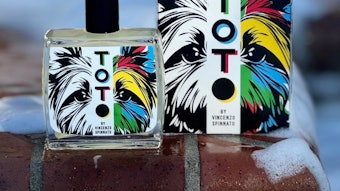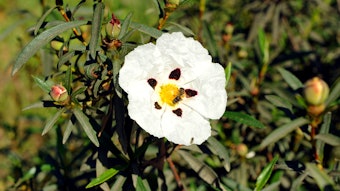Curry Leaf Oil The curry leaf tree [Murraya koenigii (L.) Spreng.] is perennial, small and shrubby, and is a member of the Rutaceae family. It can be found growing wild in India, Sri Lanka and other Southeast Asian countries as undergrowth in forests, particularly throughout India and the Andaman islands (Joseph and Peter, 1985). Murraya koenigii is commonly cultivated both in India and Sri Lanka where it is used as an integral condiment of local cuisine. In India, a limited amount of oil is produced commercially from plantation-grown M. koenigii, particularly in the South where the tree is grown as a shrub. Murraya koenigii is not only valued for its characteristic aroma and use as a condiment but it is used in traditional medicine (Jain et al., 2012) in India, China and other Asian countries for a wide variety of treatments (Parthasarathy et al., 2008).
Mallavarapu et al. (2000) used a combination of GC-FID and GC/MS to analyze the composition of the leaf and fruit oils of M. koenigii harvested from a garden tree in Bangalore (Karnataka, India). A summary of the composition of the two oils can be seen in T-1. Trace amounts (0.05%) of tricyclene, δ-3-carene, p-cymenene, cis-sabinene hydrate and (E)-β-terpineol were also found in the fruit oil, while only transsabinene hydrate was characterized as a unique trace constituent of the leaf oil.
A leaf oil of M. koenigii of Bangladeshi origin was analyzed by Chowdhury and Yusuf (2008) using GC/MS only. They determined that the oil contained:










